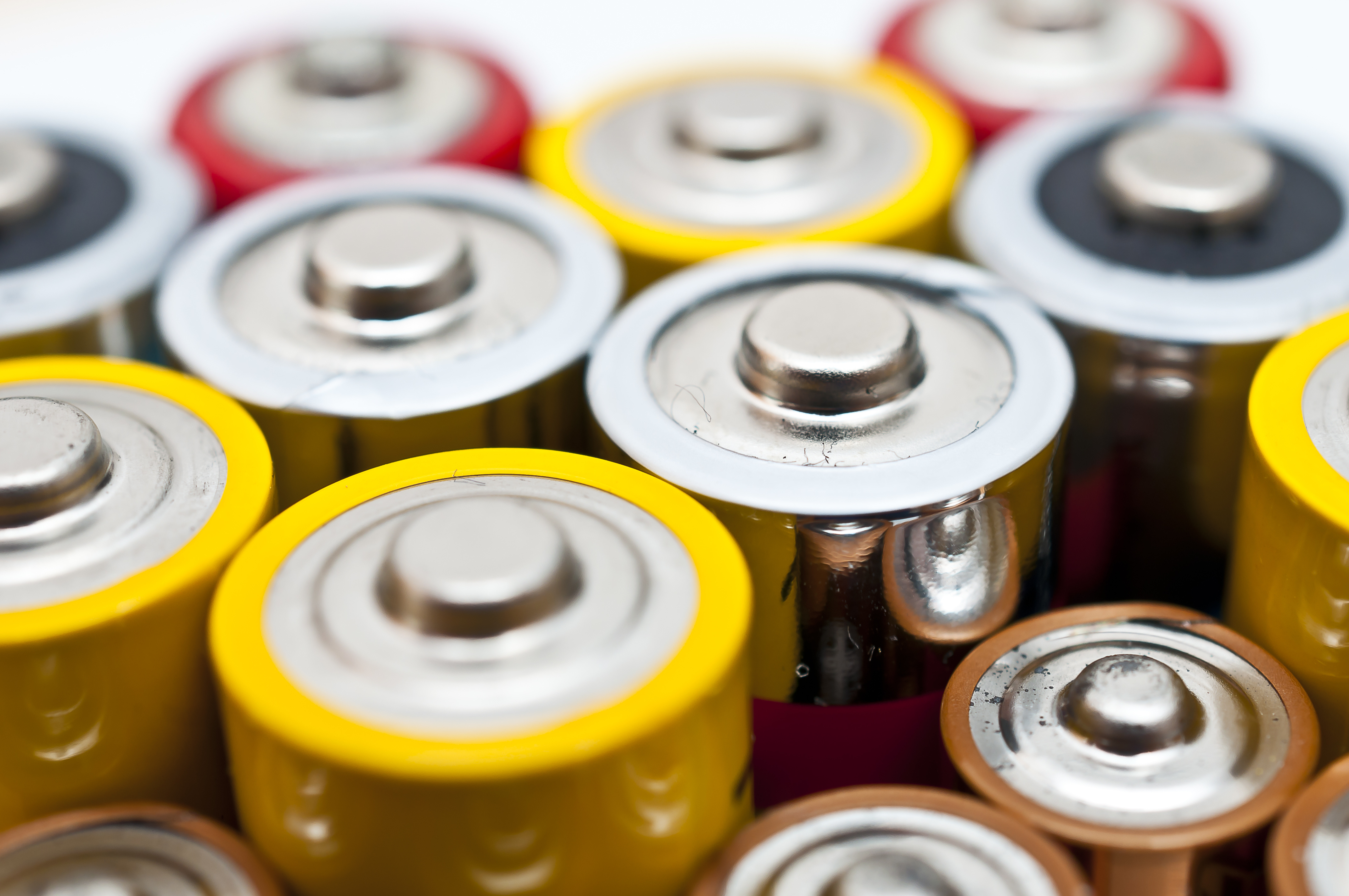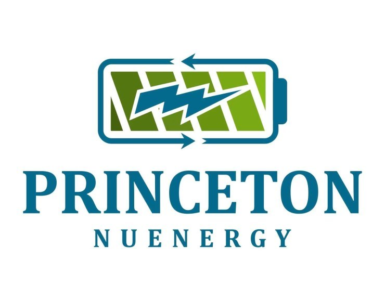Microplastics can be recycled to make electrodes for lithium batteries.
We’ve heard a lot about the dangers of microplastics in our environment, but what can be done to help reduce their impact? Scientists have found a potential solution: using microplastics to make electrodes for lithium batteries.
This discovery is a huge step towards reducing the amount of microplastics that end up in our environment and it could revolutionize the way we manage our waste. In this article, we will explore how researchers are turning these tiny particles into valuable resources for battery production and other uses. We will also discuss why this is an important development in terms of environmental protection and what more needs to be done to ensure its success.
What are microplastics?
Microplastics are tiny pieces of plastic that can be found in a variety of products. They’re often used in cosmetics, cleaning products, and other household items. Microplastics can also come from larger pieces of plastic that have been broken down into small pieces.
While microplastics may seem harmless, they can actually be quite harmful to the environment. They often end up in our oceans, where they can be ingested by marine life. This can cause health problems for the animals and can eventually work its way up the food chain, affecting humans as well.
There is some good news, though! Microplastics can actually be recycled and used to create electrodes for lithium batteries. This helps to reduce the amount of waste that ends up in our environment and also provides a renewable source of energy.
🔥 What about we co-host a webinar? Let's educate, captivate, and convert the battery economy!
Batteries News is the global go-to online magazine for the battery industry, we can help you host impactful webinars that become a global reference on your topic and are an evergreen source of leads. Click here to request more details
The problem with microplastics
Microplastics are a huge problem for the environment. They pollute our oceans and waterways, and can be harmful to wildlife.
While there are many ways to reduce the amount of microplastics in the environment, one of the most promising is recycling them into electrodes for lithium batteries. This process can help to clean up our oceans and waterways, while also providing a valuable resource for battery production.
However, there are some challenges with this approach. First, it is difficult to collect enough microplastics to make a significant impact on the problem. Second, the recycling process is not yet perfected, and there is concern that recycled microplastics could end up in landfill if not properly managed.
Nonetheless, recycling microplastics into electrodes for lithium batteries is a promising solution that could help to reduce the amount of plastic pollution in the environment.
Recycling microplastics into electrodes
Microplastics, or tiny pieces of plastic that are less than 5 millimeters in size, are a growing environmental concern. These plastics can come from a variety of sources, including cosmetics, detergents, and even car tires. While most microplastics eventually end up in the ocean, where they can do serious damage to marine life, some of these plastics can be recycled and reused.
One way to recycle microplastics is to turn them into electrodes for lithium batteries. This process begins by grinding up the microplastics into a fine powder. The powder is then mixed with carbon and other materials to create a paste-like substance. This mixture is then formed into the desired shape and baked at high temperatures.
The resulting electrode is made up of two layers: a conductive layer made of the microplastic/carbon mixture, and a non-conductive layer made of another material such as glass or ceramic. When used in a battery, the electrode acts as an electrolyte, allowing ions to flow between the anode and cathode.
This process offers a number of benefits over traditional battery manufacturing methods. First, it reduces the amount of waste produced by traditional batteries (which often contain toxic metals). Second, it allows for the recycling of otherwise waste materials into something useful. And finally, it results in a battery that is less likely to degrade over time and is more environmentally friendly overall.
The benefits of recycling microplastics
Recycling microplastics can have a number of benefits, including reducing the amount of waste that ends up in landfills and oceans, and reducing the need for new plastic production. Recycling microplastics can also help to reduce greenhouse gas emissions, as the process of making new plastic requires energy and produces emissions.
How to recycle microplastics
When it comes to recycling microplastics, there are a few different methods that can be used. One common method is called pyrolysis, which involves heating the plastics in an oxygen-free environment. This causes the plastics to break down into small molecules that can then be used to create new products, like electrodes for lithium batteries.
Another method for recycling microplastics is called solvolysis, which involves dissolving the plastics in a solvent. The dissolved plastics can then be used to create new products, like adhesives or coatings.
Finally, there is a process called gasification that can be used to recycle microplastics. This process involves breaking down the plastics into small molecules using heat and pressure. The resulting gases can then be used to create new products, like fuels or chemicals.
So there you have it! Three different methods that can be used to recycle microplastics. Hopefully this information will help you make more informed choices about the products you use and how you dispose of them.
Conclusion
In conclusion, microplastics can be recycled to make electrodes for lithium batteries. This process is much more efficient and cost-effective than traditional manufacturing methods, allowing us to create powerful and reliable batteries without the use of harmful chemicals.
Additionally, this method provides a useful way to reuse our plastic waste rather than throwing it away in landfills or oceans. With further research into this technology, we could soon see a wide range of products being made from recycled microplastics that are both safe and sustainable
How Microplastics are Being Repurposed for Lithium Batteries: An Eco-Friendly Alternative, January 31, 2023








